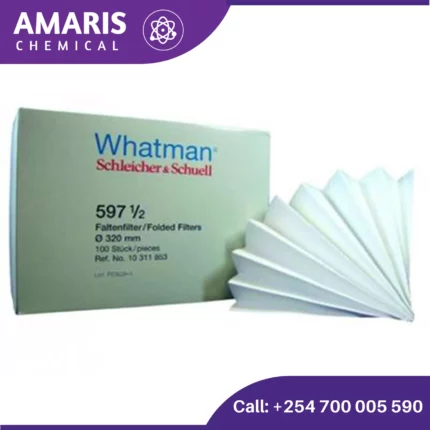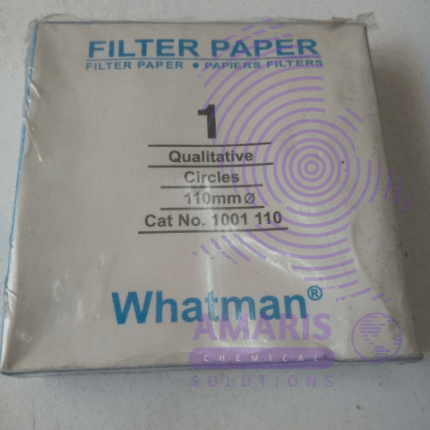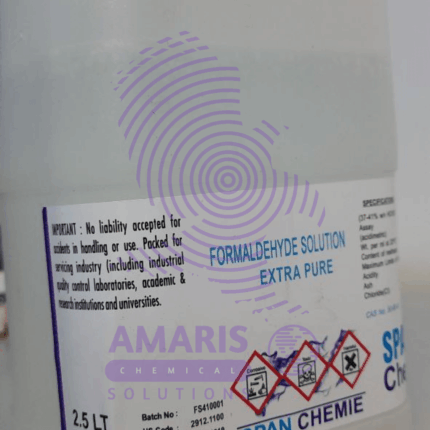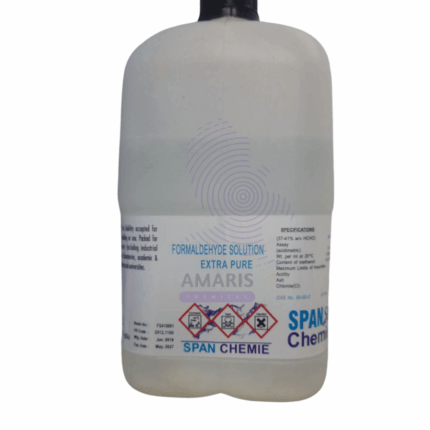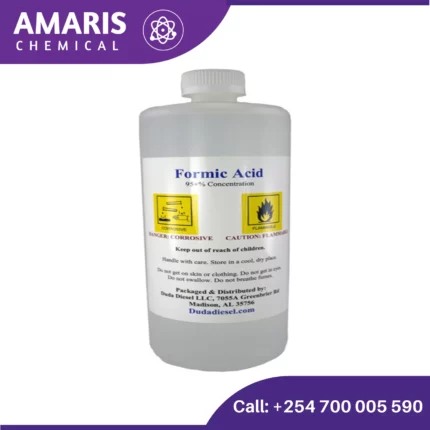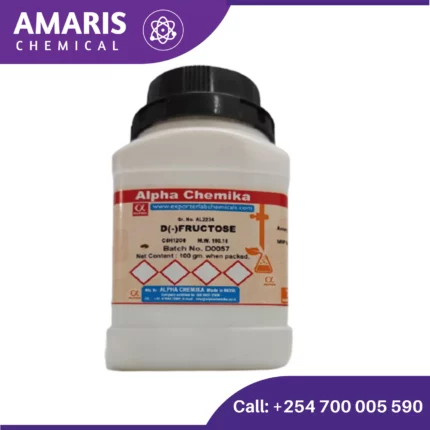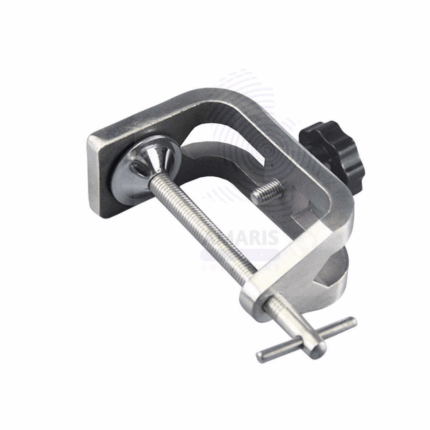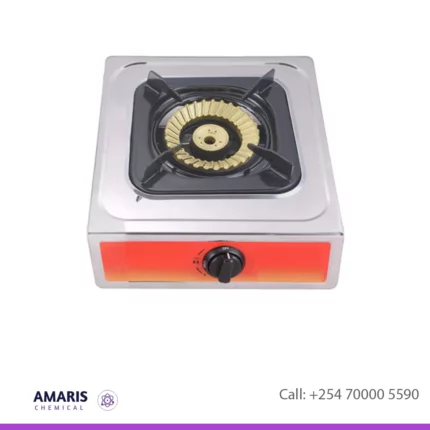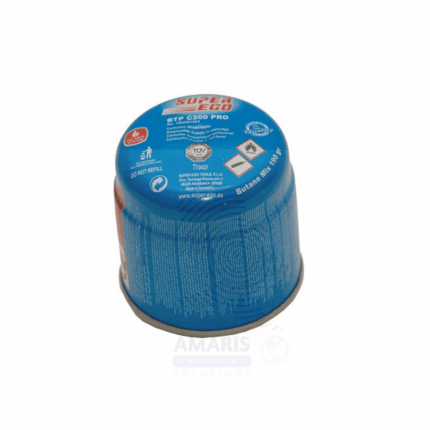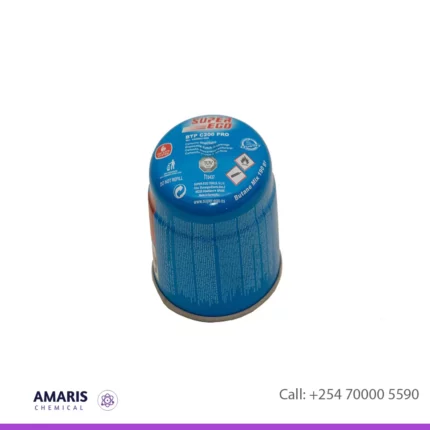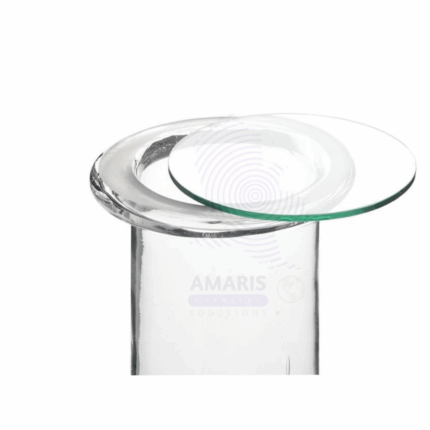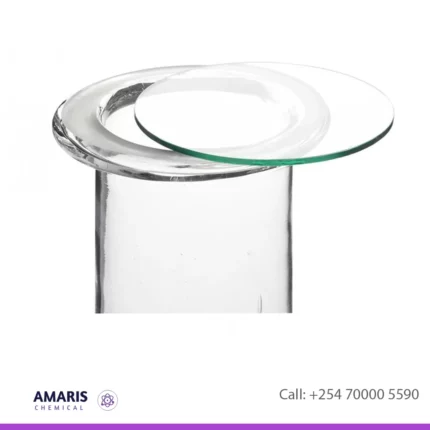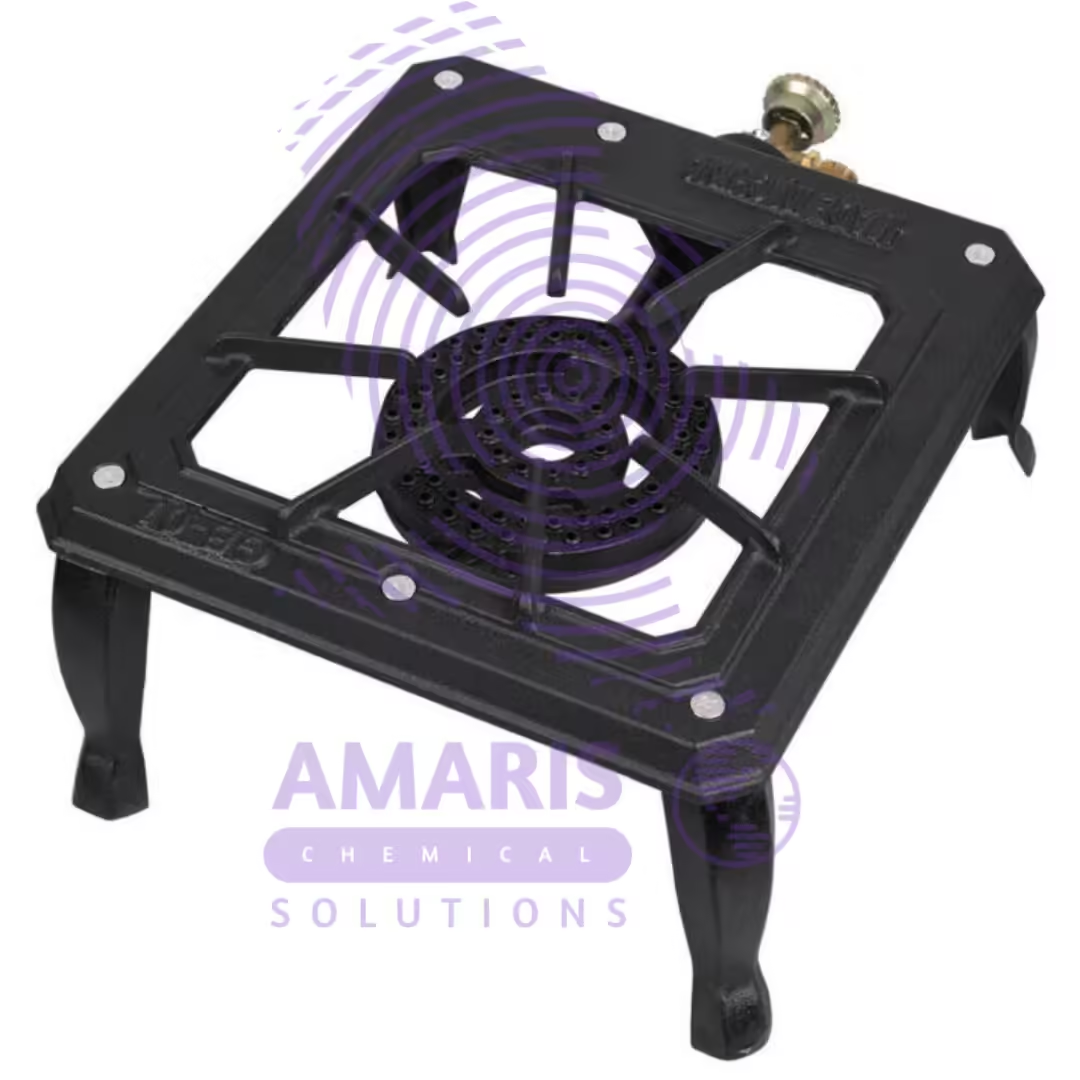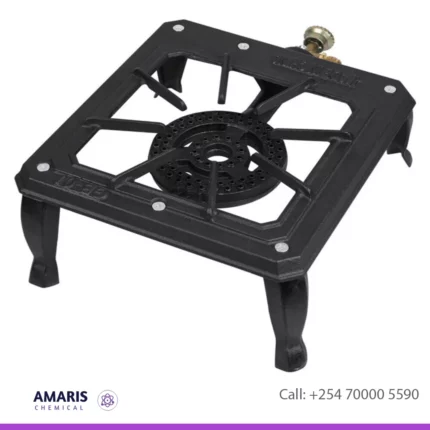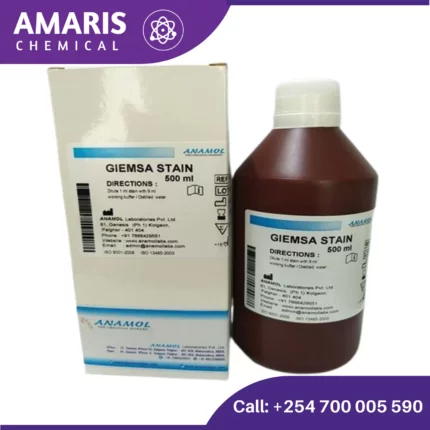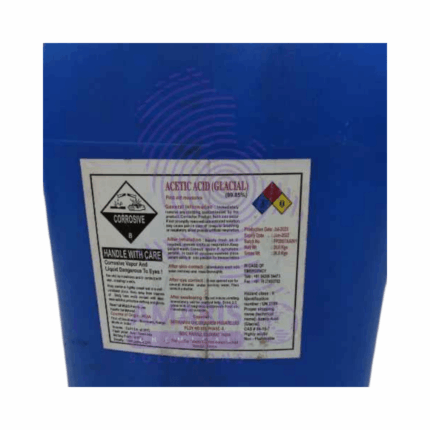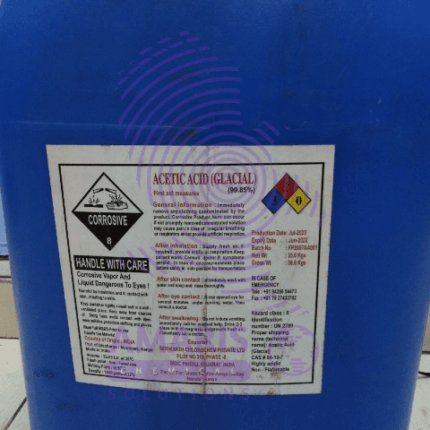Formaldehyde 2.5 litres (formalin)
Formaldehyde is a colorless gas with a pungent odor, which is used as a disinfectant, preservative, and in the production of various materials and chemicals.
Formalin is a solution of formaldehyde gas in water, typically containing 37% formaldehyde by volume. It is commonly used as a tissue preservative in biological specimens for medical and research purposes. Formalin is also used in various industrial applications such as manufacturing plastics, resins, and textiles.
Formic Acid 2.5l
Formic acid is a colorless, pungent liquid with a chemical formula of HCOOH. It is the simplest carboxylic acid, naturally occurring in certain fruits and vegetables and in the venom of some ants. It has a wide range of industrial applications as a preservative, antibacterial agent, solvent, and in the production of textiles, leather, rubber, and other materials. It also has some medical applications and is used in organic chemistry reactions as a reducing agent. However, formic acid is highly corrosive and can be dangerous if ingested or inhaled in large quantities.
G-Clamp
G-clamp, also known as C-clamp, are commonly used in laboratories for various purposes. Here are a few ways they might be utilized:
- Holding Apparatus: In experiments where stability is crucial, G-clamps are used to secure laboratory apparatus to benches or tables. This ensures that the equipment remains in place during experiments, minimizing the risk of accidents.
- Securing Glassware: When conducting experiments involving glassware like beakers, flasks, or test tubes, G-clamps can be used to secure them to a stand or support rod. This prevents the glassware from tipping over or falling during the experiment.
- Supporting Heavy Objects: In situations where heavy objects need to be held in place temporarily, G-clamps provide a sturdy grip. This could be useful when setting up equipment or securing heavy components during an experiment.
- Fixing Materials for Cutting or Drilling: G-clamps are handy for securing materials like wood or metal in place while they are being cut, drilled, or manipulated in some other way. This ensures precision and safety during such tasks.
- Custom Setup: Sometimes, experiments require customized setups that aren't readily available with standard laboratory equipment. G-clamps allow researchers to create temporary fixtures or arrangements tailored to their specific experimental needs.
Galvanometer Zero Centre
A zero-center galvanometer, also known as a center-zero galvanometer, is a type of measuring instrument used to detect and indicate small electric currents. Unlike a standard galvanometer, which measures current from zero to a maximum value in one direction, a zero-center galvanometer measures current deviations in both directions from a central zero point.
Gas Catridge
Gas cartridges are commonly used in laboratory settings for various applications such as gas chromatography, gas analysis, calibration of gas sensors, and more. These cartridges typically contain compressed gases or gas mixtures at specific pressures and concentrations. The choice of gas cartridge depends on the specific needs of the experiment or analysis being conducted
Giemsa Stain Powder 25gm
Giemsa stain powder is a violet-colored biological stain composed of methylene blue, eosin, and azure dyes. It is primarily used in laboratories for staining biological samples such as blood films, bone marrow, and various microorganisms. The stain works by binding to different cellular components, allowing for enhanced visualization and characterization under a microscope. Giemsa stain is particularly valued for its ability to highlight details in cellular structures and to differentiate between different cell types and pathogens.
Glacial Acetic Acid Food Grade 35kg
Acetic acid is an organic acid with the chemical formula CH3COOH, also known as ethanoic acid. It is a colorless liquid with a pungent, sour taste and a distinctive vinegar-like odor. Acetic acid is an important industrial chemical used in the production of various products, including solvents, plastics, textiles, and food additives. It is also the main component of vinegar, which is commonly used as a condiment and preservative in cooking and food preparation.


